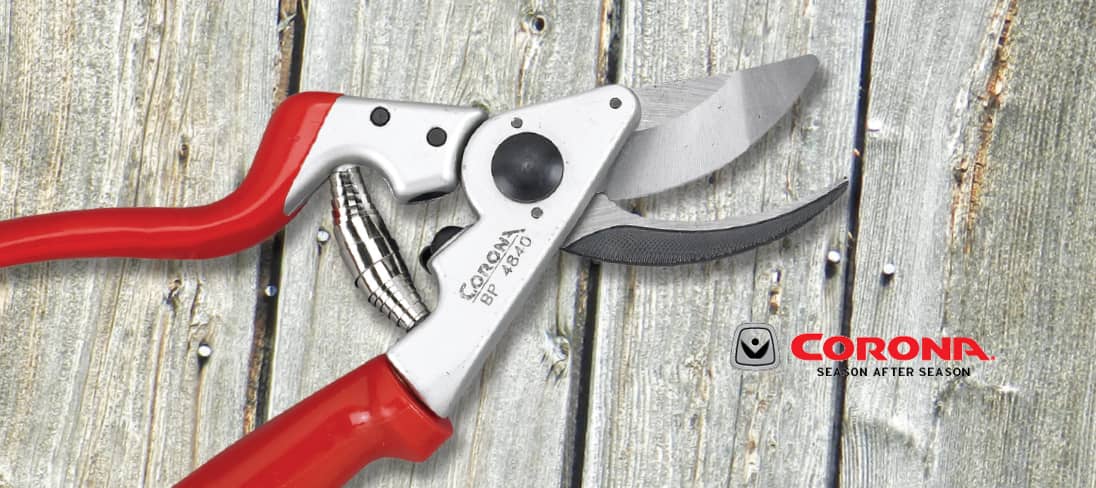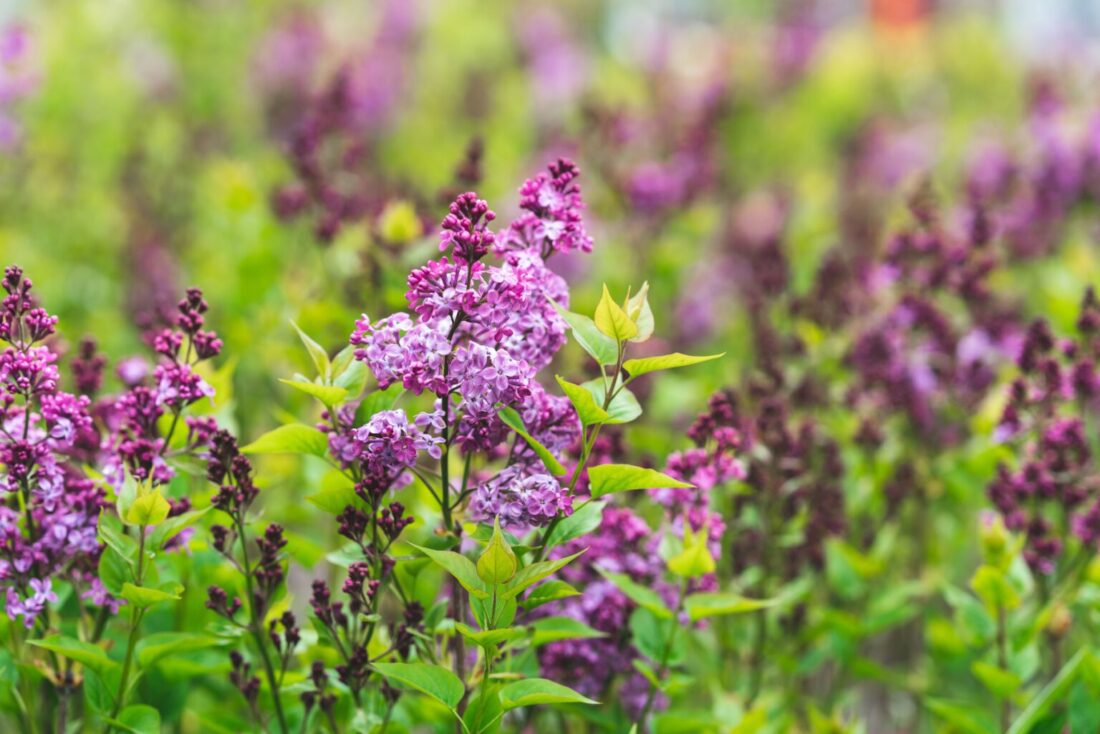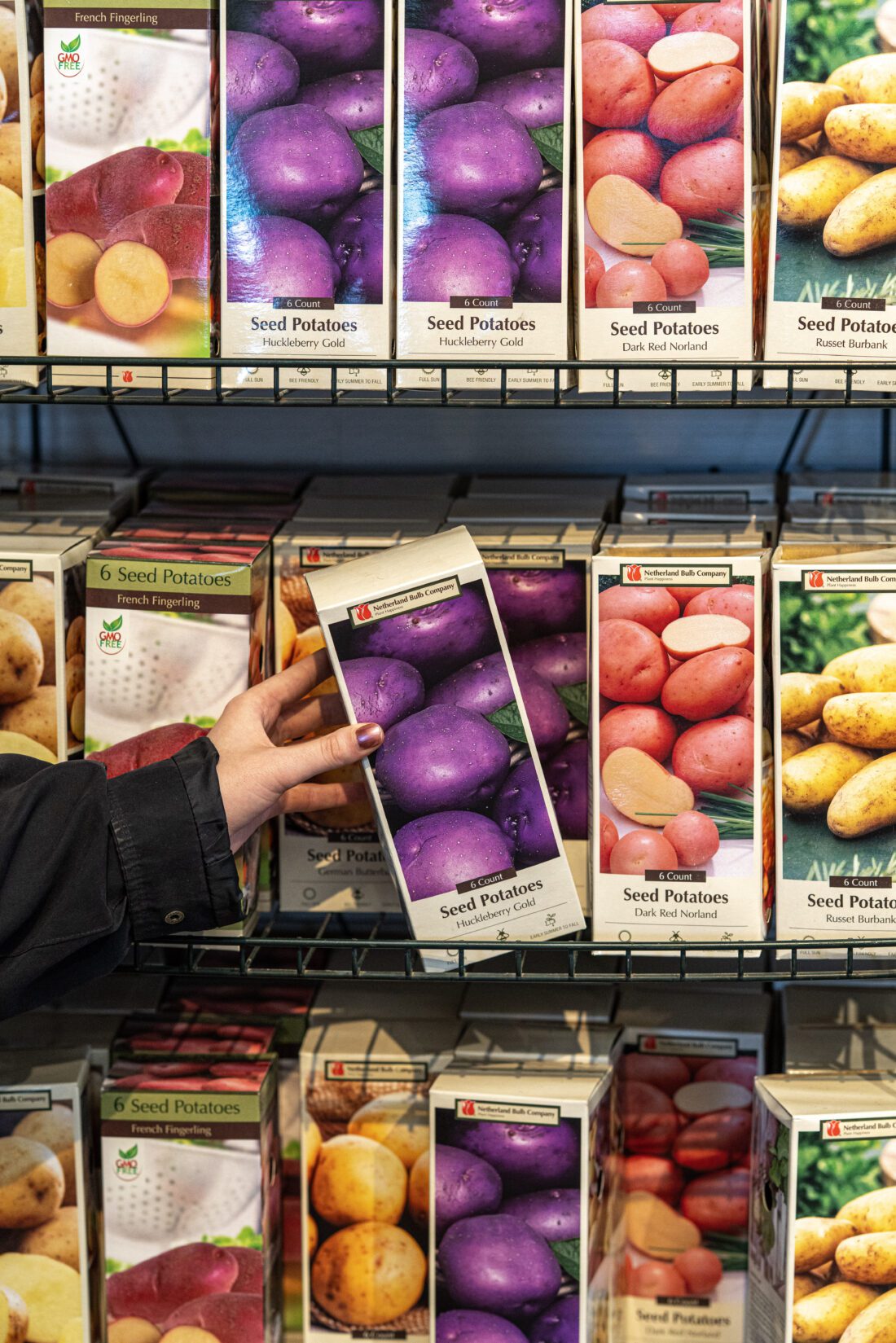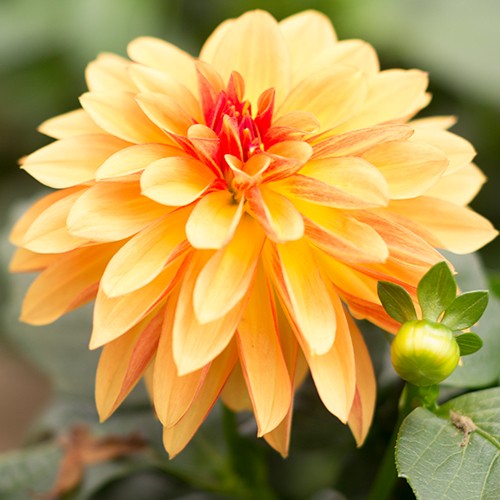May 5, 2025
May 1, 2025
In
Annuals
May 1, 2025
Fragrant Favorites: A Guide to Growing and Enjoying Lilacs
Few plants capture the magic of spring like lilacs. Their sweet, nostalgic scent often brings back memories of home or garden strolls from seasons past. For many, the blooming of lilacs signals that summer is just around the corner. Growing… Read MoreApril 24, 2025
Dig In: Growing Edible Summer Bulbs in Massachusetts
Summer in Massachusetts is a magical time for gardeners, and if you’re looking to grow something that’s both satisfying to harvest and delicious to eat, let’s talk about edible bulbs. These underground gems—like onions, potatoes, and horseradish—not only thrive in… Read More
April 14, 2025
In
Featured, Kids Gardening
April 14, 2025
Make Seed Bombs with KidsGardening
Looking for an engaging gardening project that’s great for the environment and fun for all ages? Seed bombs might be just what you need! These tiny garden starters are not only easy to make but also an inexpensive way to… Read More
April 14, 2025
In
Featured, Landscaping, Perennials, Seasonal
April 14, 2025
When to Put Out Hummingbird Feeders in New England (And Why It Matters)
Welcoming Hummingbirds Back: What to Know About Spring Migration Each spring, ruby-throated hummingbirds return to New England after a long migration. These tiny birds fly thousands of miles from Central America and the southern U.S. back to our gardens—and your… Read More
April 7, 2025
In
Featured, Trees and Shrubs
April 7, 2025
Grow Your Own Blueberries in New England
If you’ve ever dreamed of stepping outside and picking a handful of sun-ripened blueberries from your own backyard, you’re in luck—blueberries grow beautifully in New England! With the right conditions and a little care, you can enjoy fresh, juicy… Read More
March 31, 2025
In
Featured, Perennials, Seasonal
March 31, 2025
The Best Summer-Flowering Bulbs for a Stunning Garden
When most people think of planting bulbs, they picture bright tulips and cheerful daffodils welcoming spring. But summer-flowering bulbs bring a whole new level of beauty to the garden, offering months of color and texture with minimal effort. If you… Read More
March 28, 2025
In
Tools
March 28, 2025
A Guide to Corona Tools

March 26, 2025
In
Featured, Lawn and Garden
March 26, 2025








